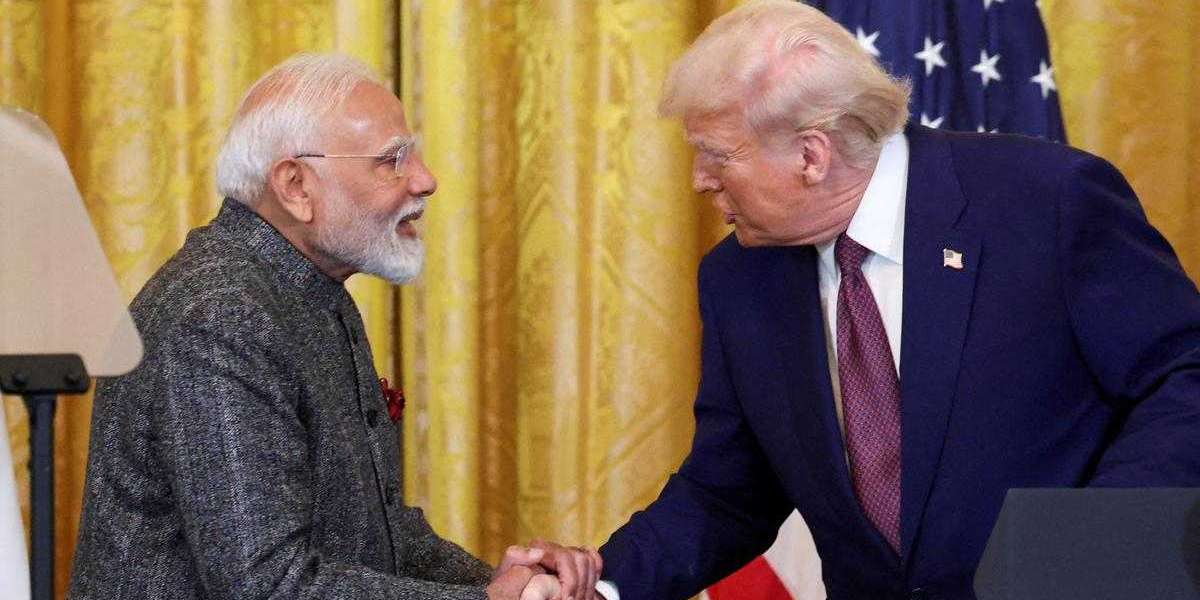In recent weeks, US mediation India Pakistan has emerged as a decisive factor in halting a dangerous spiral. After deadly skirmishes and military exchanges—following the Pahalgam terrorist attack in April 2025—both India and Pakistan found themselves perilously close to another cross-border confrontation. The United States stepped in with discreet diplomacy, leveraging high-level outreach to push both sides toward restraint and dialogue.
The Crisis Unfolds
The crisis began when India accused Pakistan of harboring militants responsible for the Pahalgam attack, prompting retaliatory measures: India expelled diplomats, recalled its ambassador, suspended visa services, and even suspended provisions of the Indus Waters Treaty. Pakistan responded with trade restrictions, airspace closure, and intensified border skirmishes. Between April 24 and May 6, cross-border firing and artillery exchanges escalated to dangerous levels. On May 7, India launched targeted missile strikes against suspected militant infrastructure—a move that Pakistan condemned as hitting civilian areas, claiming significant casualties.
US Mediation at a Critical Juncture
Sensing the threat of a wider conflict, the US initiated urgent backchannel diplomacy. High-ranking American officials reached out to both New Delhi and Islamabad, urging calm and offering support in facilitating dialogue. This phase of the US mediation India-Pakistan crisis management proved timely and impactful. By May 10, the foreign ministers of both nations announced a mutual ceasefire agreement, signaling a crucial breakthrough in de-escalation. The United States was widely acknowledged for its behind-the-scenes role in preventing further escalation and bringing both sides back from the brink.
Regional and Global Repercussions
The ceasefire announcement was met with global relief. Several international powers welcomed the move and called for both sides to maintain restraint and prioritize dialogue. In the region, countries like Saudi Arabia and Jordan also contributed diplomatically, emphasizing the broader geopolitical stakes of stability in South Asia. The incident demonstrated how conflicts between India and Pakistan often carry consequences far beyond their borders, underlining the importance of timely intervention and sustained diplomatic effort.
Conclusion
At this pivotal moment, US mediation India Pakistan has demonstrated that timely, high-level diplomacy can steer two nuclear-armed neighbors away from a devastating confrontation. India and Pakistan have shown willingness to de-escalate—India through military restraint, and Pakistan through reciprocal gestures. However, sustaining peace will require more than a one-time intervention. Trust-building, deeper dialogue and institutional frameworks are essential to prevent future flare-ups. While the ceasefire marks a moment of relief, the real work of building lasting peace between these two rivals is only just beginning.



